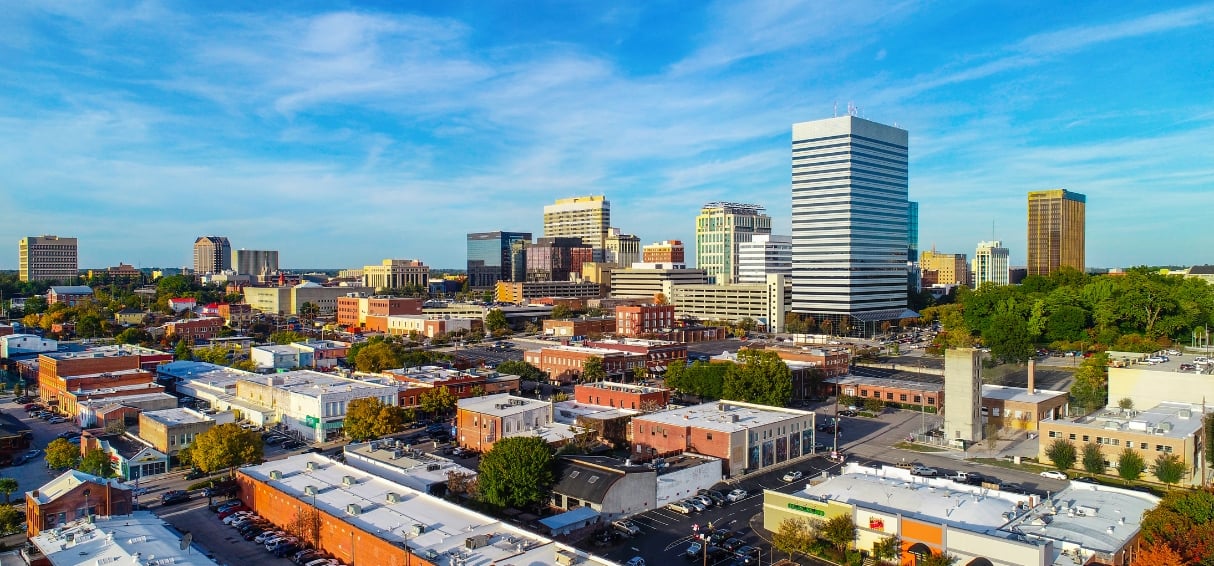Creating more multifamily inventory by converting commercial properties is widely discussed as a solution to the shortage of rental housing, especially for the affordable sector. The nation’s largest city is now at the center of that conversation with an aggressive new initiative aimed at expanding inventory and finding new life for obsolete properties.
The initial response from industry experts, developers and housing advocates has been largely positive, but those stakeholders have also identified hurdles that could derail the initiative’s goals.
Unveiled Aug. 17 by Mayor Eric Adams and Dan Garodnick, director of New York City’s planning department, the plan targets the conversion of 136 million square feet of vacant office space to 20,000 new homes over the next decade. Spanning 42 blocks, the mayor’s plan for Manhattan’s Midtown South calls for the conversion of an area primarily zoned for office and industrial to a neighborhood that includes permanently affordable housing.
The plan, which will update zoning rules, awaits approval by the New York City Council. If successful, the plan could potentially house up to 40,000 residents.
Targeting the shortage
New York City has long been burdened by a dearth of units of all asset classes, but the shortage has been amplified by slowdowns in new construction, surging rents and near record-low availability. Data from Matthews Real Estate Investment Services shows that the city has a pipeline of 66,424 rental units under construction, with 20,991 deliveries. At the same time, there is a shortage of 655,940 affordable rental homes, according to the National Low Income Housing Coalition.
Samuel Stein, housing policy analyst at the Community Service Society of New York, contends that the mayor’s plan makes sense only if it grapples with this acute shortage, and if a significant majority of the units to be converted are affordable. Stein considers these goals as especially important, given the city’s oversupply of luxury housing. “It is not yet clear how much—if any—of that housing would be classified as ‘affordable’ and would help address the severe housing crunch the lower-priced end of the market,” he told MHN.
READ ALSO: Can Conversions Help Fix the Multifamily Supply Gap?
Adding to these complexities, conversions face stringent regulations and questions about financial viability, absent government incentives beyond tax credits. “There are two major hurdles to converting central business district office to residential use: the regulatory environment, including the entitlement process, and cost,” said Susan Mello, executive vice president & group head of capital markets at Walker & Dunlop. “When you add a requirement of affordability, economic feasibility becomes an even bigger hurdle.”
In turn, these new affordable developments would need to reckon with historically high costs of land in the city, as well as for the conversions. “Just building housing can be cost-prohibitive in this environment, and the cost of converting office to residential will have a premium,” observed Matthew Kwatinetz, clinical assistant professor at New York University’s SPS Schack Institute of Real Estate and director of the NYU Urban Lab. “Therefore, there will need to be incentives to offset the high land price and the high redevelopment cost,” he added.
These issues are compounded when affordability is the goal, a process that already necessitates government incentives. “Cities can’t just make one zoning change and expect that success will flow from that,” Mello said. The city’s policies surrounding such steps as entitlements and permitting may be standing in the way, contributing to delays and raising costs, she noted.
Overcoming hurdles
Where issues of cost and feasibility are concerned, experts say, the city and state government would do well to offer incentives that go beyond the federal government’s offerings and the LIHTC program.
Stein named a list of strategies that could help, such as low-interest loans, operating subsidies and tax incentives to projects that offer a significant amount of affordable housing. The city or state could also create a land bank by acquiring properties and inviting qualified sponsors to submit proposals for redevelopment, Stein noted.
The Urban Lab proposes a new public developer, akin to the New York City Economic Development Corp., to handle conversions. That could help bridge potential expertise gaps. “Office owners do not necessarily have the skills to develop residential, and residential developers do not necessarily have the skills to convert from office,” Kwatinetz said.
In addressing the fiscal difficulties of converting office assets to multifamily, the city’s efforts must also take technical requirements into account and recognize that many office towers aren’t candidates, observers say. As Mello noted, New York City code mandates natural light with at least one window per bedroom. “In larger-footprint buildings, this would require major renovation and removal of large parts of the building which may make this unfeasible,” Kwatinetz said.
Consequently, smaller older office buildings make for easier accommodations. “They tend to already be subdivided into more livable spaces than those based around giant floor plans, and many conversions we’ve already seen fit this bill,” Stein noted.
New model?
New York City’s high profile, acute challenges, and the ambitious scale of the proposal raise the question as to whether success of the plan would provide a model for other cities. “For us, success would constitute not just conversion from commercial to residential but the production of housing that everyday New Yorkers—and not just the richest among us—can live in,” Stein stated.
At the same time, others see the efforts as more symbolic, capable of showcasing public-private collaborations as well as incentivizing conversions.
“It is certainly not going to solve New York City’s housing crisis, but the more these projects start to become done, folks will become more comfortable with actually doing them,” opined Caitlin Sugrue Walter, vice president of research at the National Multifamily Housing Council. “Having the local government very interested in converting these uses helps tremendously,” she added.





